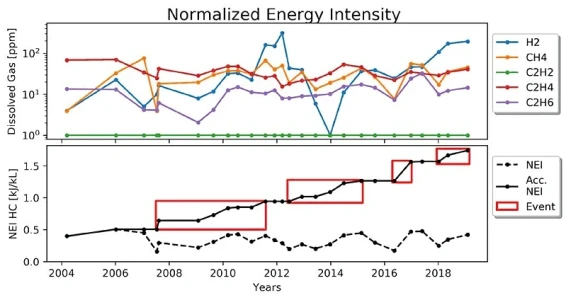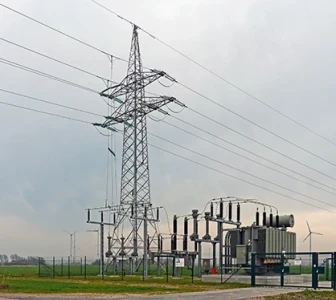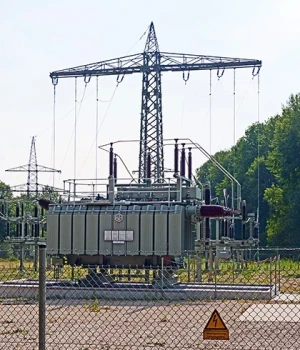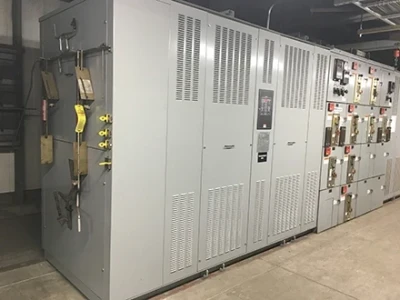Optimal Transformer Efficiency Using Weighted Average

In order to improve the efficiency of electrical distribution in commercial buildings, the US Department of Energy (DOE) introduced regulations with more stringent minimums on transformer efficiencies in January 2016. This was covered under the Code of Federal Regulations 10 CFR Part 431.192 and has become more commonly known as DOE 2016. It improved on the previous regulation by requiring 30% lower losses at 35% loading which was determined to be the most common operating load.
Although this has resulted in an improvement in electrical system efficiency when transformers are, in fact, operating at light loads, it falls short in more heavily loaded applications and when high levels of harmonic generating non-linear loads are present.
The problem is that by applying a limit only at 35% loading, manufacturers are encouraged to reduce costs by designing transformers that have higher losses at higher loading levels. This is to the detriment of customers who might have moderate to high loading levels. A transformer designed instead to maintain high efficiencies at both light loads and heavier loads and with non-linear loads would, more effectively, meet this need.
California Energy Commission (CEC) Efficiency Calculation for Solar Inverters
Recognizing that solar inverters vary widely in operating load from no-load at night to full load during bright sunny days, the CEC determined that efficiencies must be optimized over this wide load range.









